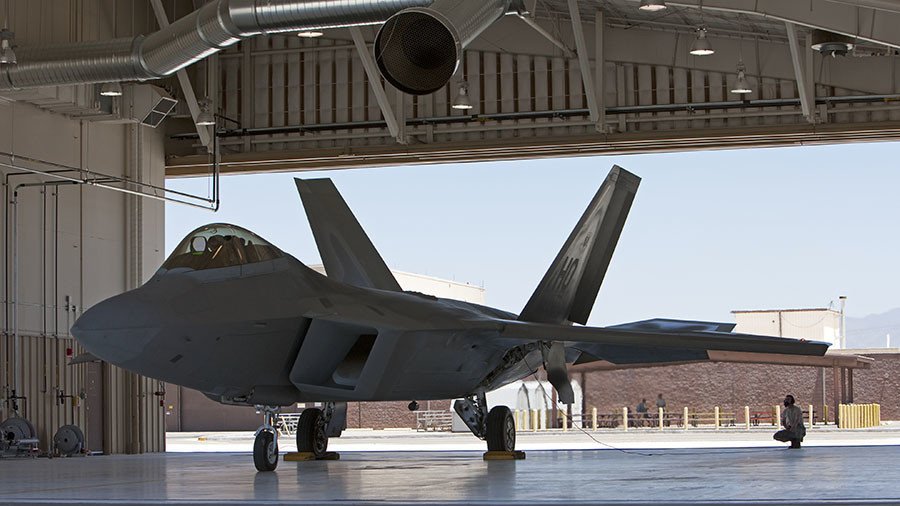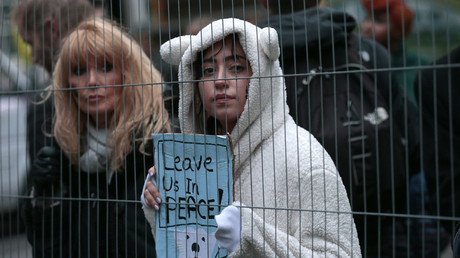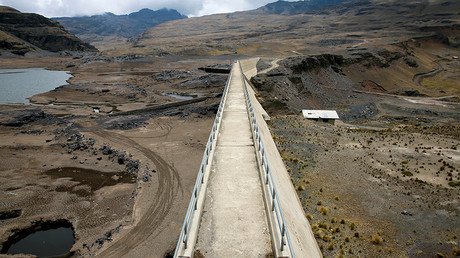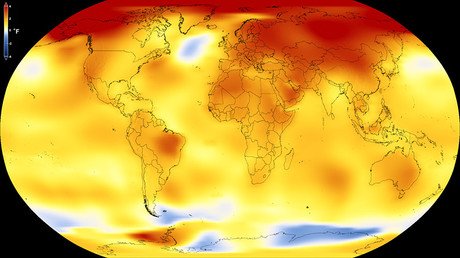Half of US military bases affected by climate change – Pentagon report

Climate change in the form of flooding, storm surges, wildfires or droughts is affecting 50 percent of 1,684 US military sites worldwide, according to a Pentagon study.
“Changes in climate can potentially shape the environment in which we operate and the missions we are required to do,” said the US Department of Defense in a report accompanying the survey. The conclusion comes from qualitative surveys conducted by personnel at each site. A military site is defined as a base, camp, post, station, center under DoD jurisdiction.
Survey respondents were asked to assess their sites based on six categories: flooding due to storm surge; flooding due to non-storm surge events (rain, snow, river overflow); extreme temperatures (hot and cold); wind; drought and wildfire.
The highest counts were for drought (782) followed by wind (763) and non-storm surge related flooding (706). About 10 percent of sites indicated being affected by extreme temperatures (351), while flooding due to storm surge (225) and wildfire (210) affected about 6 percent of sites, according to the survey.
“Nearly 50 percent of sites (1,694) reported they had no effects to any assets from the effects,” the report said.
The Pentagon issued the report Friday in response to a congressional request to assess its installations for vulnerabilities to climate-related security risks, in order to help identify vulnerabilities and adaptive strategies. While
The report included examples of climate change effects at some of the US sites, along with maps.
One of the examples cited was the Fort Irwin Army base in California. A late summer monsoon in August 2013 dropped several inches of rain in a short period, causing substantial property damage as storm waters flowed into the site.
“More than 160 buildings in the cantonment area were flooded and sections of Fort Irwin’s extensive training area also sustained major storm damage. Training structures were toppled and supporting electronic target and communications systems were damaged,” said the report. It took months to remove storm debris and many buildings were closed for repairs.
At the Naval Weapons Station Earle in New Jersey, the October 2012 Hurricane Sandy sent high winds, storm surge and intense precipitation to the site resulting in $24 million in damages to the 2.9 mile-long pier.
“Nearly eight miles of water and sewer piping were destroyed at the base and particularly along the pier,” the report said.
At the US Air Force’s Cape Lisburne Long Range Radar Station on the northwest Alaska coast, the seawall that protests the gravel airstrip has been affected by “sea ice fluctuations, increasing water temperatures, thawing of permafrost soils and the effects of wave action.”
“Over the past decade the runway’s seawall has been depleted and eroded by wave action and extreme weather events. The damaged rock reinforcement became ineffective, and the 5.450 linear foot wall had to be replaced at a cost of $46.8 million,” the report said. “Our warfighters required bases from which to deploy, on which to train, or to live when they are deployed. If extreme weather makes our critical facilities unusable or necessitate costly or manpower-intensive work-arounds, that is an unacceptable impact.”
Think your friends would be interested? Share this story!















